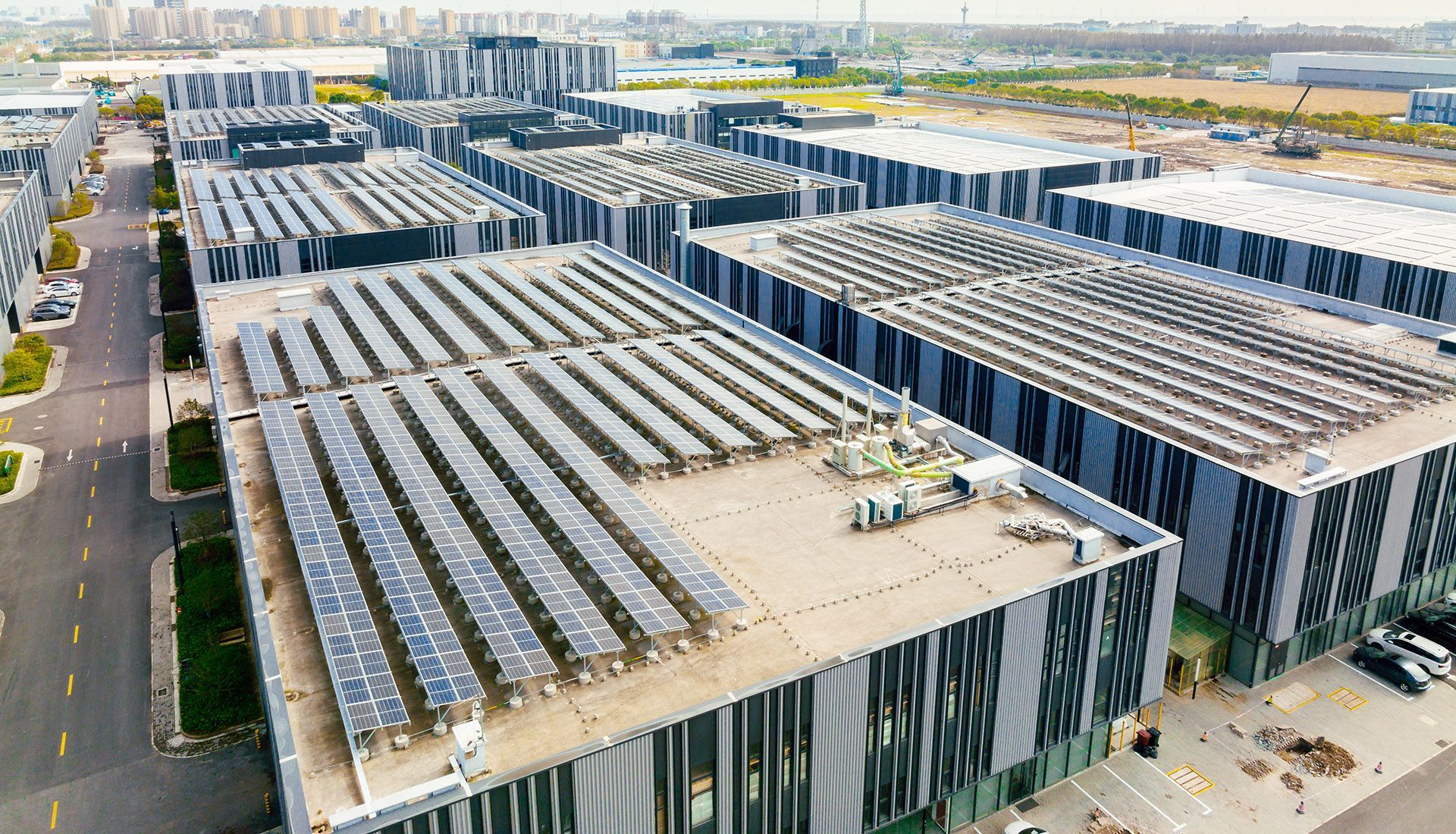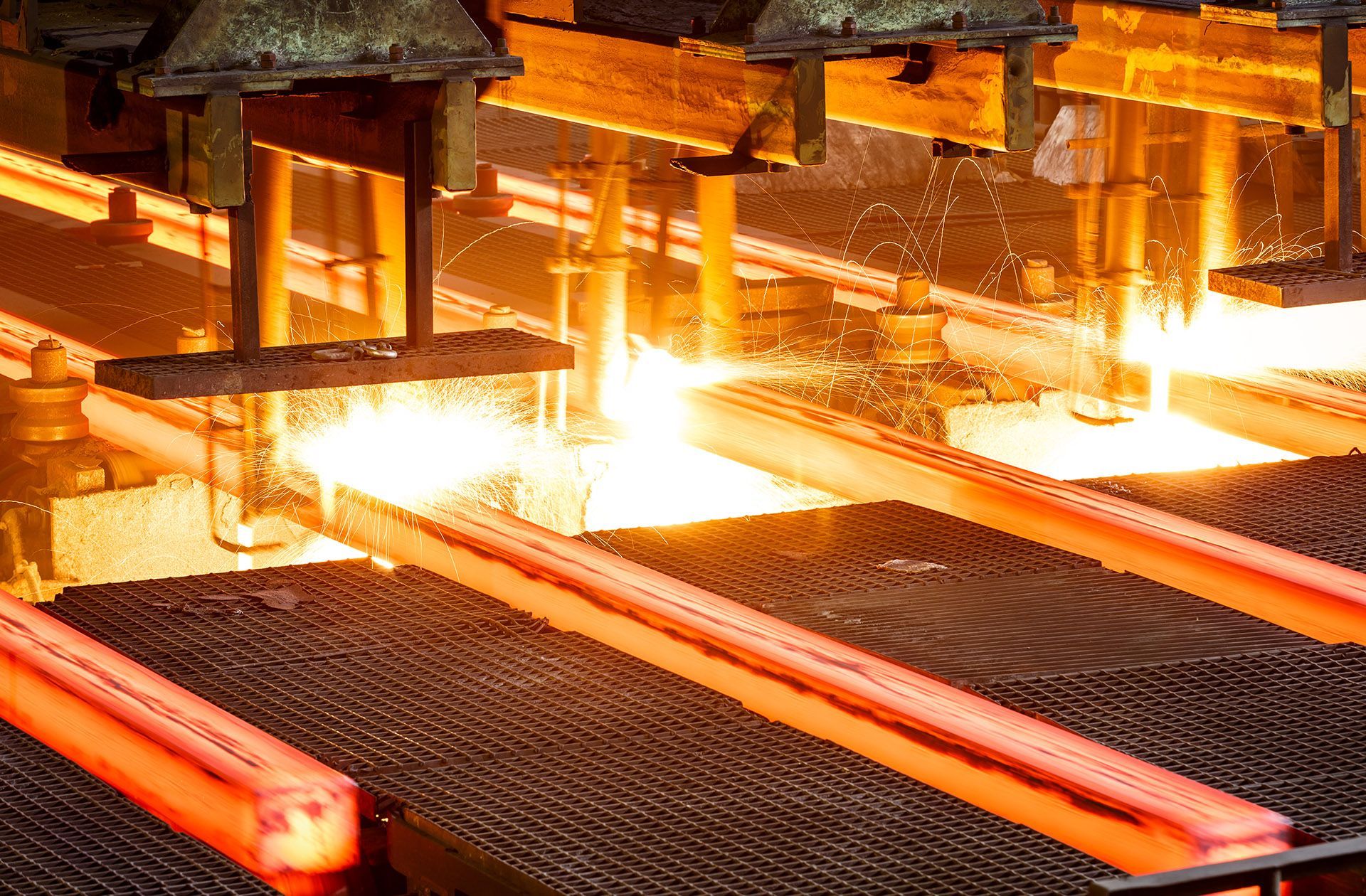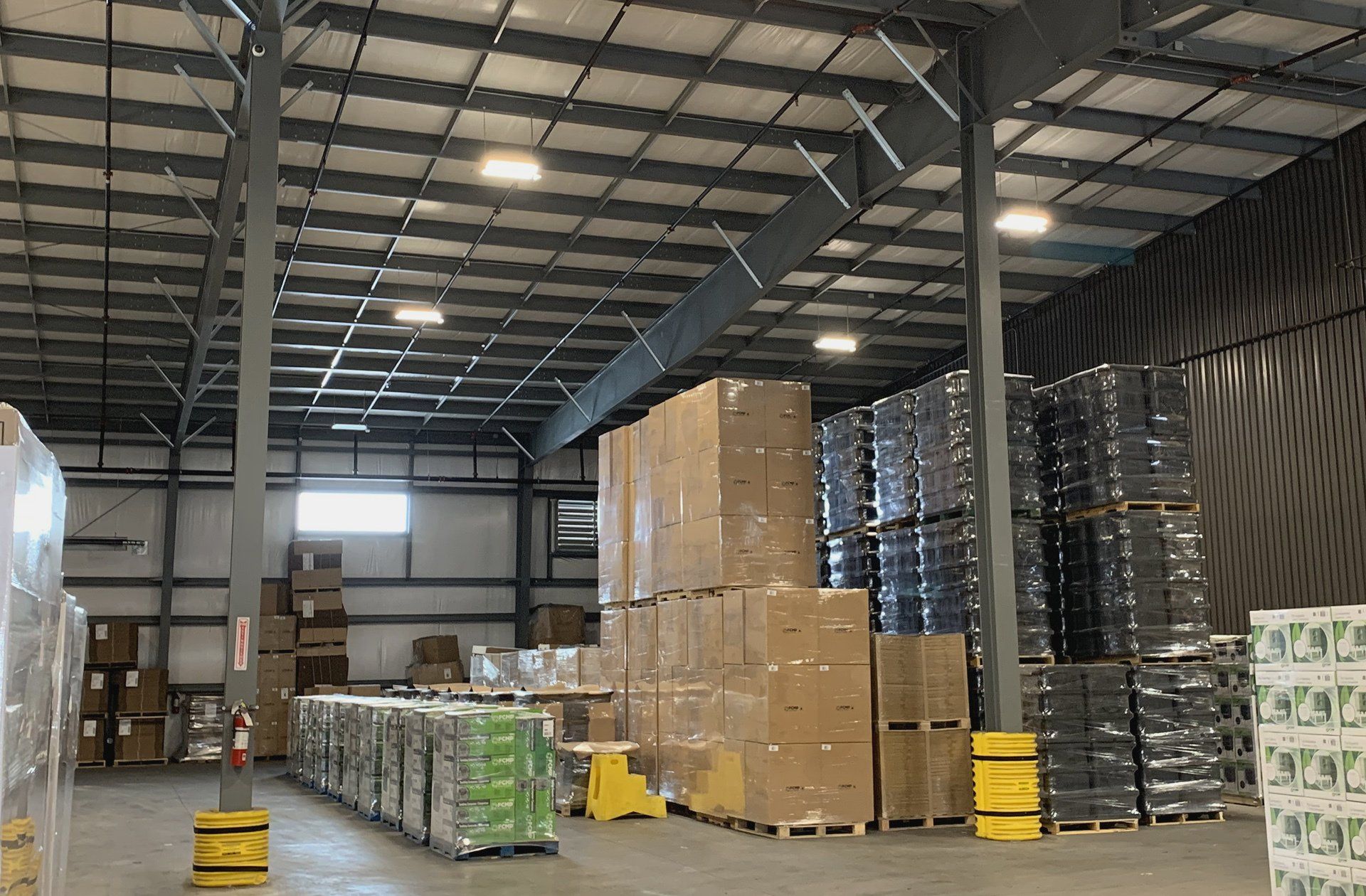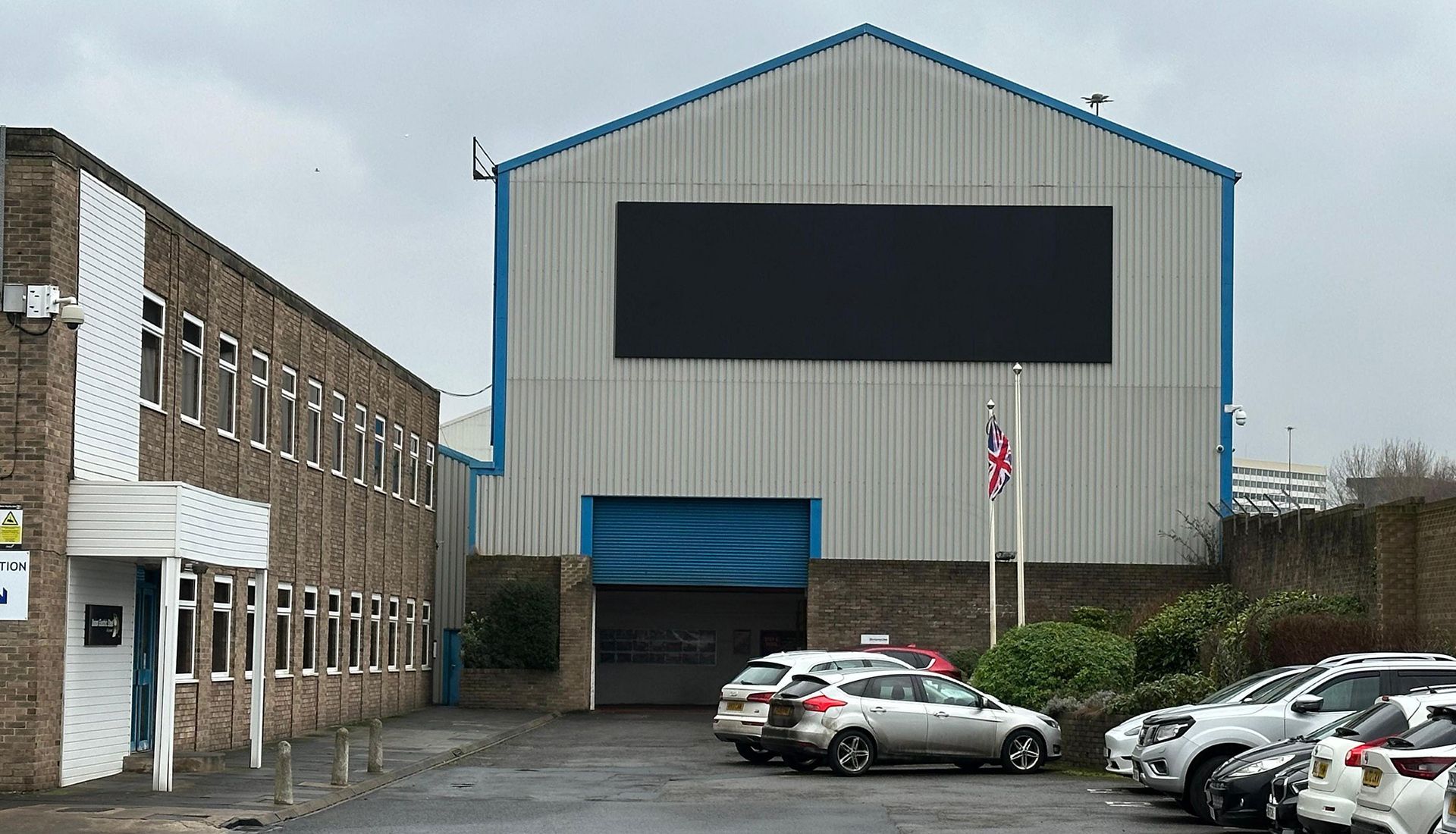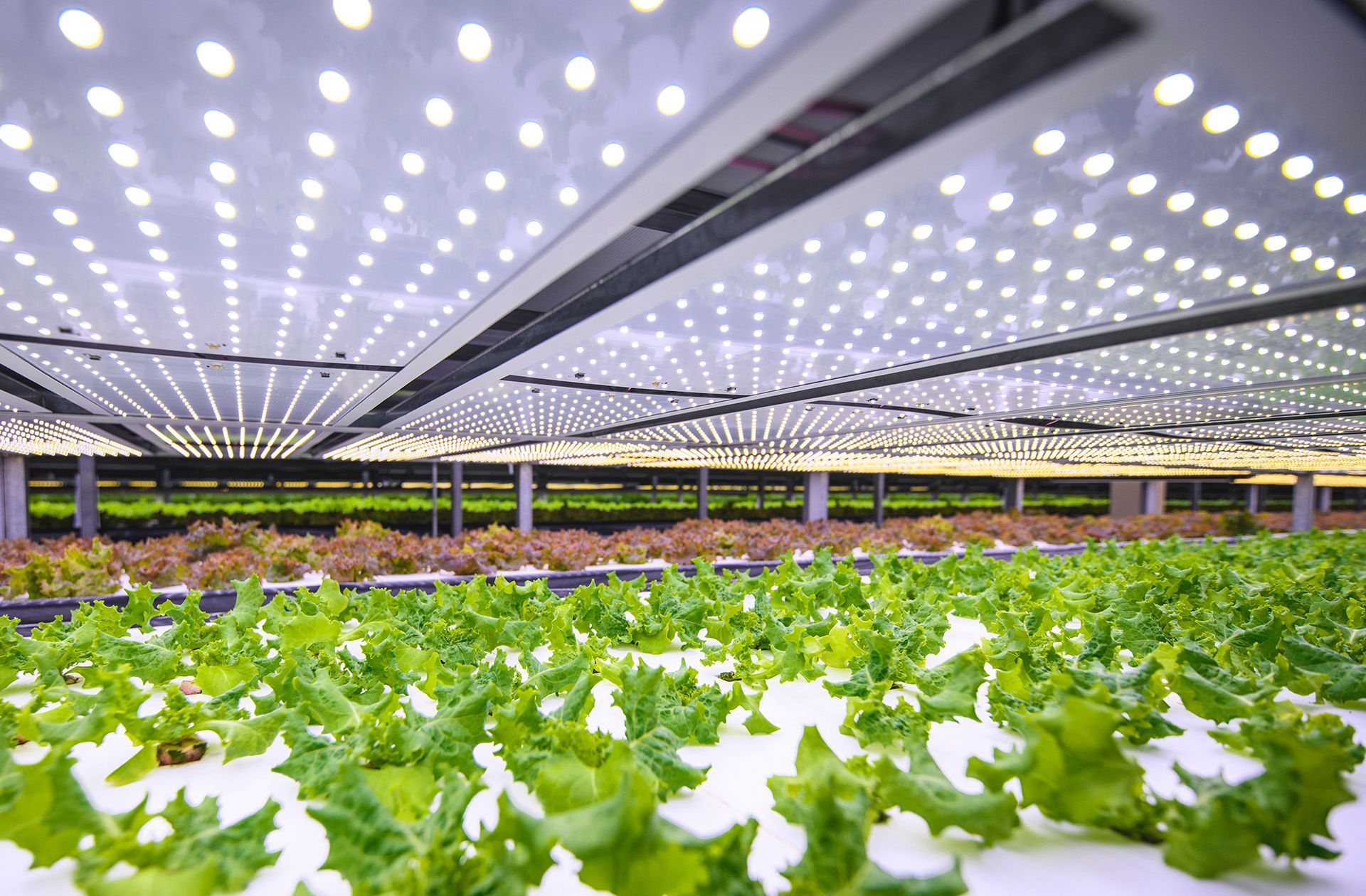Steeling for growth within the warehousing sector
Here's your overview of Canada’s booming logistics sector and the pre-engineered metal buildings that make it possible.
The rapid rise of internet shopping has led to growing demand for distribution warehouses. Facilities designed to handle storing, processing and distribution of consumer goods are a critical component to “just in time” logistics. Fortunately, pre-engineering with clear spans and fewer internal columns allow industrial buildings to be built bigger, quicker and at less cost. It is not uncommon for warehouses made from metal engineering to be over one million square feet with all the systems, functions and comfort successful operations require.
Summit Steel Buildings has been responsible for fabricating and constructing a variety of warehousing for various purposes – from food and beverage wholesale in the Arctic, to industrial mining processing and housing. Their showpieces are the
117,000 square foot manufacturing and storage facility located outside of London, Ontario that they built and expanded three times due to business growth within the U.S. and the
75,000 square foot lumber processing and shipping facility for San Group in Port Alberni, B.C.
A quick primer into the critical backbone of the economy
The logistics and warehousing sector is much larger and more important to the nation’s gross domestic product (GDP) than most people understand. The logistics sector involves the planning, organization, transportation and storage of goods, services and information from their origin to their consumption point. It encompasses a wide range of activities, including shipping, warehousing and inventory management, all aimed at meeting customer demand efficiently and cost-effectively. This sector is a critical part of supply chain management, enabling businesses to effectively run their business. Modern climate-controlled warehouse structures are an integral part of the entire system, and as the sector has experienced significant expansion over the last two decades, so has the need for construction services.
Pre-engineered steel buildings have become the defacto warehouse building system of choice within the logistics sector due to their cost-effectiveness, speed of completion and durability. Metal buildings solutions are ideally suited for requirement very little maintenance, their long-term reliability and lower operating costs.
Further reading: Warehousing space has never been more critical
Industry statistics and trends
The Canadian warehousing and storage sector contributes an estimated $60 billion in revenue and employs approximately 62,500 people. E-commerce is driving significant sector growth for the transportation and warehousing industry, which relies on an increasing level of automation, a focus on supply chain resilience and a high proportion of small and medium-sized businesses.
Source: All stats provided by StatsCan – Innovation, Science and Economic Development Canada, “Transportation and Warehousing” (NAICS 493) and Natural Resources Canada, " Building size counts, 2019 data."
Revenue:
Market revenue for warehousing in Canada was an estimated $59.5 billion in 2024, projected to grow to $92.9 billion by 2030.
Employment:
The sector employed 62,331 people in 2020 – a 30.5% increase since 2016.
Businesses:
Canada’s warehousing and storage industry includes 74,281 establishments with employees and 219,974 for storage or rental purposes, as of 2024.
Business size:
The warehousing and storage industry was made up of 35.3% micro-businesses (under five employees), 57.3% small businesses and 6.3% medium-sized businesses in 2024.
Company size:
98.3% of businesses in the broader transportation and warehousing sector had fewer than 100 employees. Large employers with more than 500 employees accounted for just 0.2% of all establishments.
Market growth:
The market is expected to continue growing, with a projected compound annual growth rate (CAGR) of 7.7% from 2025 to 2030.
Automation:
Adopting robots, automated guided vehicles and conveyor belts are improving efficiency and accuracy.
Supply chain resilience:
Geopolitical issues and trade volatility are pushing companies to build more resilient supply chains, which in turn affects warehousing needs.
Largest segment:
General warehousing is the largest segment of the market, while cold storage warehousing is the fastest-growing segment.
Building sizes and construction prices
Structural steelwork has traditionally dominated the single-storey warehouses market (making up 94% of all building materials within the sector as of 2024). Steel’s attributes, including cost-effectiveness, adaptability and its contribution to the circular economy through reuse and recycling, are all factors continued to be valued by developers, contractors, designers and building owners.
- Canadian warehouse building types vary by size, with the largest share of floor area in the 100,000 to 215,000 square foot range.
- The most common types of purposes for warehouse building are general warehousing and cold storage, with cold storage growing the fastest.
- Toronto accounted for nearly half of the total industrial and logistics real estate under construction in Canada in the first quarter of 2025.
- The cost to build a warehouse in Canada ranges from $80 to $180 per square foot, depending on complexity. For example, a basic storage warehouse might cost closer to $80 to $100 per square foot when all factors (foundation, building systems, installation) have been included.
Let's talk
For pricing on warehouse construction, please contact Darren Sperling at 1-877-417-8335 or through our Contact Us page. He’ll give you a precise quote and preliminary drawings for your ideal pre-engineered steel structure to help grow and modernize your logistics business.
More resources:
- How we price our steel buildings
- 20-year cost comparison for steel versus traditional construction
- Your free preliminary drawings
Read part twoof this article to learn the expandable engineering that allows metal warehouse buildings to provide safety, durability and more operational space with large capacity…
About the author
Darren Sperling has specialized in the engineering and delivery of pre-engineered steel buildings for over 15 years and has experience in over 20 countries worldwide. He can be contacted at Summit Steel Buildings at (877) 417-8335, by email at darren.sperling@summitsteelbuildings.com or on LinkedIn.



